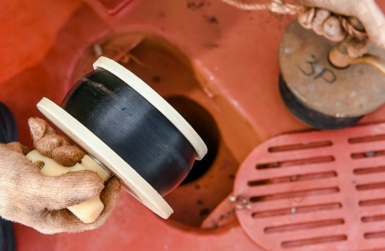
The Swedish Club has analysed an incident of an accidental oil spill while bunkering in its recent club bulletin. The subsequent report by The Swedish Club highlights that the crew did not deploy the oil boom because of the potential cost implications. As a result the oil spread across the harbour.
The vessel in question was starboard side alongside and carrying out a cargo operation. The Chief Engineer had ordered a fuel barge to bunker 350 MT of fuel oil. The fuel barge came alongside on the port side in the morning. A hose was connected from the barge to the portside bunker station. The Chief Engineer had Continue reading “The Swedish Club shares lessons learned about an oil spill incident while bunkering”










